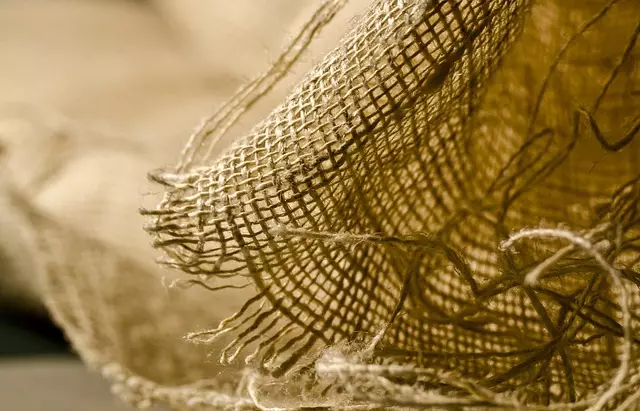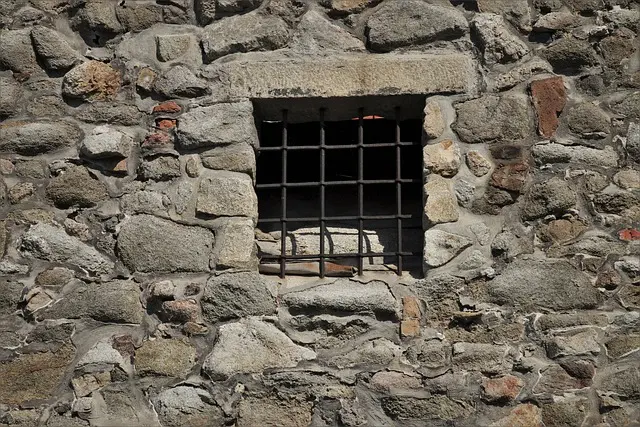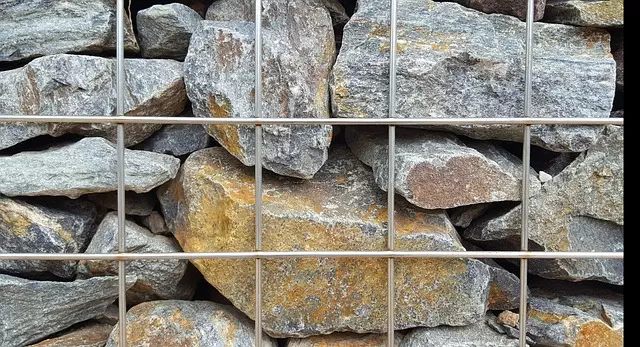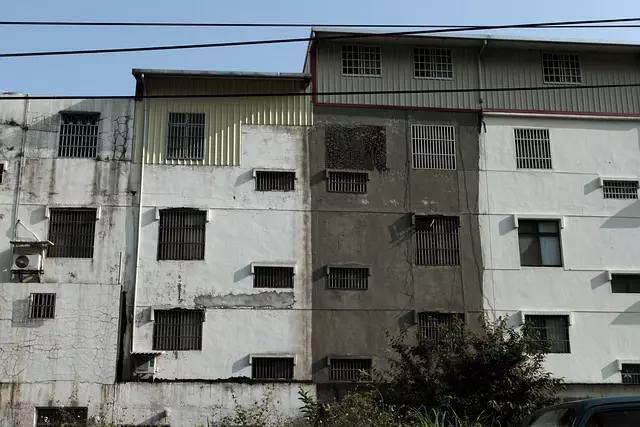Kratom, a tropical tree's leaves, which contain alkaloids like mitragynine and 7-hydroxymitragynine, are being explored as an aid in treating opioid addiction, particularly in urban areas like Salt Lake City (SLC). Its potential is significant, but its use should be medically supervised due to the risks of self-medication. Cultivating kratom in SLC's climate poses challenges due to the need for high humidity and specific temperatures to replicate its native environment. Prospective growers must adhere to local regulations, which can vary significantly by region, and ensure their growing conditions accurately reflect kratom's natural habitat to maintain the integrity of its active compounds. Compliance with SLC's guidelines is mandatory for ethical and legal cultivation, which is crucial for exploring kratom's benefits in addiction treatment within a controlled framework. For those interested in growing kratom at home in SLC, it's important to use quality seeds or seedlings, maintain optimal environmental conditions, and stay informed about the evolving scientific research and legal status of kratom. Keywords: grow kratom SLc, kratom cultivation, opioid addiction treatment, medical supervision, tropical evergreen tree, mitragynine, 7-hydroxymitragynine, environmental needs for growing kratom, local regulations for kratom cultivation.
Exploring the therapeutic potential of kratom in addiction treatment and recovery, this article offers a comprehensive guide on cultivating kratom in Salt Lake City (SLC). We delve into the science supporting its benefits, practical tips for home gardeners to grow kratom in SLC, and navigating legal considerations. Whether you’re seeking alternative treatments or aiming to start a personal kratom garden, this article serves as an informative resource for harnessing kratom’s role in addiction recovery.
- Understanding Kratom's Role in Addiction Treatment and Recovery: A Guide for Growing Kratom in SLC
- The Science Behind Kratom: Potential Benefits and Considerations for Addiction Management
- How to Cultivate Kratom in Salt Lake City: Tips, Techniques, and Legal Insights for Home Gardeners
Understanding Kratom's Role in Addiction Treatment and Recovery: A Guide for Growing Kratom in SLC

Kratom, a tropical evergreen tree native to Southeast Asia, has garnered attention in the realm of addiction treatment and recovery, particularly within the urban landscapes like Salt Lake City (SLC). Its leaves contain compounds that can alleviate withdrawal symptoms and cravings associated with opioid addiction. Understanding kratom’s role in addiction treatment requires a comprehensive approach that includes medical supervision, as self-medication can be risky. Kratom contains two main active components, mitragynine and 7-hydroxymitragynine, which can influence the opioid receptors in the brain, offering potential relief for those struggling with addiction.
Growing kratom (Mitragyna speciosa) in SLC presents unique challenges due to its specific climate requirements. The tree thrives in warm, humid conditions with consistent moisture and well-draining soil. Prospective growers in SLC must replicate these conditions to successfully cultivate the plant. It’s crucial to mimic the kratom’s natural environment as closely as possible to ensure its health and potency. This can be achieved by maintaining optimal temperatures, humidity levels, and light exposure throughout the year. Additionally, growers should adhere to local regulations regarding the cultivation of kratom, as it is a controlled substance in some regions. By understanding the environmental needs and legal considerations of growing kratom in SLC, individuals can explore its potential benefits within an ethical and safe framework for addiction treatment and recovery.
The Science Behind Kratom: Potential Benefits and Considerations for Addiction Management

Kratom, a tropical evergreen tree native to Southeast Asia, has garnered attention in the realm of addiction treatment and recovery due to its potential therapeutic properties. The leaves of kratom contain alkaloids such as mitragynine and 7-hydroxymitragynine, which can interact with opioid receptors in the brain. These compounds have been observed to offer pain relief, mood enhancement, and energy boosts. In the context of addiction management, kratom may serve as an alternative to traditional opioids for individuals suffering from withdrawal symptoms associated with opiate addiction. Preliminary studies suggest that kratom can alleviate these symptoms, providing a smoother transition during detoxification.
However, it is crucial to approach the use of kratom with caution and a comprehensive understanding of its effects. While some individuals report positive outcomes, such as reduced cravings and improved well-being, the long-term efficacy and safety of kratom for addiction treatment remain subjects of ongoing research. The legal status of kratom varies by jurisdiction, and in places like Salt Lake City (SLC), growing kratom is a regulated activity that requires adherence to specific guidelines to ensure both public safety and the sustainability of the plant’s cultivation. As such, individuals interested in exploring kratom as part of their recovery journey should consult with healthcare professionals and stay informed about the evolving legal landscape and scientific understanding of kratom’s role in addiction treatment. This due diligence is essential for anyone considering kratom as a tool in their recovery process.
How to Cultivate Kratom in Salt Lake City: Tips, Techniques, and Legal Insights for Home Gardeners

Kratom (Mitragyna speciosa), a tropical evergreen tree native to Southeast Asia, has gained attention in various circles for its potential medicinal properties and as an alternative treatment option for addiction. For those in Salt Lake City who wish to cultivate kratom at home, understanding the optimal conditions for its growth is crucial. The climate of Salt Lake City can present challenges, as kratom thrives in environments with high humidity and consistent temperatures. To successfully grow kratom in SLChomes, gardeners should consider using a greenhouse to provide the necessary climate control, ensuring that temperature remains between 70°F and 85°F (21°C to 29°C) and humidity levels are kept high.
When planning to grow kratom in SLCh gardens, it’s essential to start with quality seeds or seedlings from a reputable supplier. Kratom trees grown from seed can take anywhere from two to five years before they mature and begin producing significant amounts of leaves. The soil should be rich, well-draining, and kept consistently moist but not waterlogged. Fertilization should be done with care, as over-fertilization can lead to deficiencies in the alkaloid content of the leaves. Adhering to local regulations is paramount; while kratom is legal at the federal level in the United States, Salt Lake City’s ordinances may have specific guidelines regarding plant cultivation. Always check with local authorities to ensure compliance with all laws and ordinances pertaining to kratom cultivation before starting your home garden.
In conclusion, the potential of Kratom as a therapeutic aid in addiction treatment and recovery merits careful consideration within the context of evidence-based practices. For those in Salt Lake City interested in exploring this alternative approach, understanding both the science behind Kratom’s effects and the nuances of its cultivation can be empowering. The guidance provided on how to grow Kratom in SLC offers a practical avenue for individuals to engage with this plant as part of their recovery journey. It is crucial for anyone considering Kratom as a component of their addiction management plan to stay informed about the latest research and to adhere to legal frameworks surrounding its cultivation and use. As the field continues to evolve, maintaining an open dialogue between researchers, healthcare professionals, and community members will be key to unlocking Kratom’s full potential in promoting well-being and supporting sustainable recovery.






